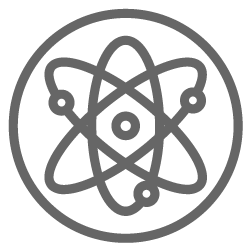INTRODUCTION
Pittsburgh provides a successful blueprint for the economic revitalisation of Rust Belt cities. The Appalachian Regional Commission has supported regional economic development since 1965. Federal bipartisan legislation currently under consideration could finance mine reclamation projects throughout Appalachia.
In 1965, the Appalachian Regional Commission (ARC) was formed as a regional development agency. Since then, the federal-state partnership has financed economic development in the Appalachian region, particularly in areas affected by the coal-industry downturn.


 Overview
Overview
| Pennsylvania | USA | |
|---|---|---|
| Size (sq. km) | 115,883 | 9.15 million |
| Population per sq. km | 110 | 34 |
| GDP per capita | €45,581 | €52,303 |
| Median household income | €51,949 | €52,434 |
| Per capita income | €28,742 | €28,507 |
| Unemployment rate | 4.5% | 3.6% |
25% of Pennsylvania’s residents live outside urban areas.
 Electricity generation mix
Electricity generation mix

Nuclear %

Natural Gas %

Coal %

Renewables %
Over the past two decades, Pittsburgh has introduced various measures to shed its reputation as a ‘Rust Belt’ city and establish itself as a centre for biomedical research, banking, and education. In 2017, Pittsburgh Mayor Bill Peduto released plans for major investments in renewable energy infrastructure, including programmes that would provide a ‘just transition’ for former coal miners, as part of a holistic approach to climate change mitigation.
 Coal industry
Coal industry
Download and read the full profile!
(PDF format)


